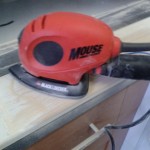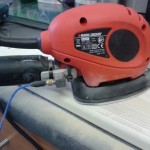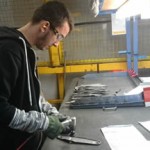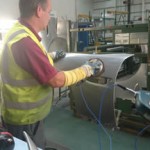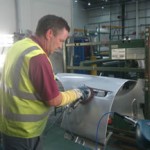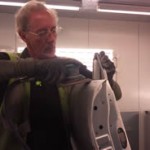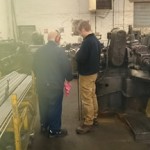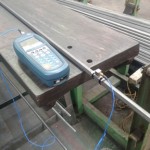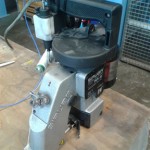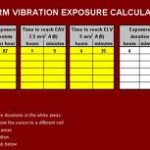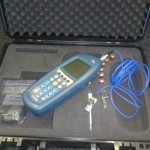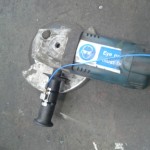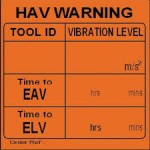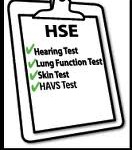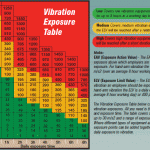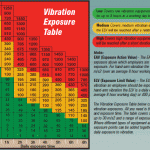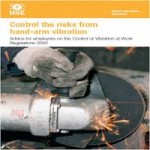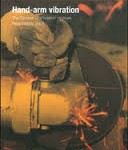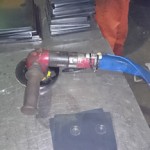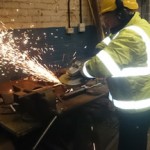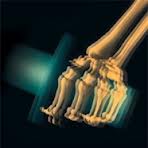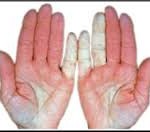Workforce First visits a diverse range of companies in the Midlands to assess hand arm vibration exposure, from a variety of vibrating plant; random orbital sanders to sewing machines
Hand-arm vibration syndrome is an industrial injury triggered by continuous use of vibrating hand held tool or machinery.
It is the second largest prescribed industrial disease other than lung diseases, with 635 new Vibration White Finger and 295 new Carpal Tunnel Syndrome conditions reported in 2012.
Energy from vibration damages the nerves and blood vessels in the hand and arm. Symptoms include numbness, pain and tingling in the fingers and reduced fine touch, there may also be reduced manual dexterity and strength of grip.
Damage to blood vessels is shown up by blanching of the fingers with delayed and painful recovery.
Examples of those at risk include people who regularly use jack hammers, grinders, sanders, chainsaws, hammer drills, or any other tool, machine or action that produces vibration.
The Control of Vibration at Work Regulations 2005 came into force in July 2005 to better protect workers from vibration.
The employer is required to assess any vibration problem and protect its workers by;
- reducing or stopping the vibration entirely, for example, change the tool or method
- reducing exposure time, for example by implementing rotas; and
- ensuring that employees are aware of the dangers and symptoms to look out for.
There are two legally important levels of vibration that need to be considered;
a lower action value of 2.5 m/s2 and
an upper limit value of 5.0 m/s2.
Vibration levels below 2.5 m/s2 are considered safe levels, however employers should eliminate the risk by reducing vibration to levels
As Low As Reasonably Practicable (ALARP).
Between 2.5 m/s2 and 5.0 m/s2 employers are required to:
- Reduce or eliminate exposure to vibration
- Provide health surveillance
- Provide information, instruction and training
Vibration levels of 5.0 m/s2 and above should not be exceeded, if they are the employer must take immediate action.
Workforce First Limited provide relevant and tailored vibration surveys that include:
• Initial readings of all tools or processes that produce vibration.
• Observation and communication of the workforce in action, including questions into duration and frequency of the work.
• Calculate personal exposures for all members of the workforce using the HSE online calculator.
Download Excel 2010 version;
http://www.hse.gov.uk/vibration/hav
hav.xls
(Save the file, open in Excel,
Enter the guide and actual numbers in the white area’s.)
• Investigate abnormally high vibration levels and discuss findings.
• Suggest improvements and changes to lower vibration levels and reduce personal exposures.
• Continually communicate with the client to ensure any recommendations are relevant and feasible.
Some facts:
Hand Arm Vibration Syndrome, HAVS is preventable but incurable once the damage has been done.
Damage from HAVS can include the inability to do fine work and cold can trigger painful finger blanching attacks.
HAVS is serious and disabling, nearly 2 million people are at risk.
There are simple and cost-effective ways to eliminate the risk of HAVS.
The most efficient way of controlling exposure to vibration is to find alternative ways to do the work.
Health Surveillance is vital to detect and respond to early signs of damage.

